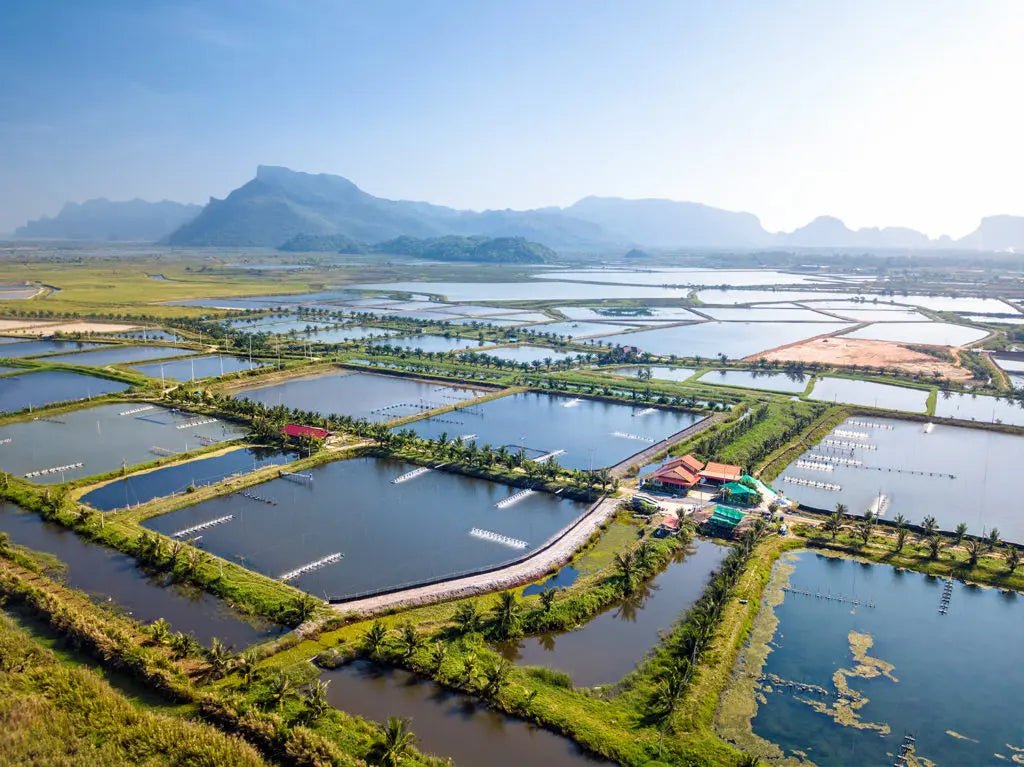

A History of Aquaculture
Aquaculture, also known as fish farming, is the cultivation of aquatic organisms such as fish, mollusks, crustaceans, and seaweed. The practice of aquaculture dates back to ancient civilizations such as the Chinese, Greeks, and Romans, who utilized simple techniques such as pond culture to raise fish for food and other purposes.
In the 19th century, advances in transportation and refrigeration made it possible to transport live fish from one location to another, leading to the development of modern aquaculture. During the 20th century, the demand for fish and other seafood increased due to a growing world population, leading to an increase in the development of new aquaculture methods and technologies.
Today, aquaculture is a multi-billion dollar industry that supplies over 50% of the world's seafood. The most common species raised in aquaculture are salmon, shrimp, tilapia, and catfish. The industry has also expanded to include the cultivation of seaweed and other aquatic plants, as well as the breeding and raising of shellfish such as oysters and clams.
Despite its growth and success, aquaculture has faced criticism and challenges. Some of the concerns include the use of chemicals and antibiotics in fish feed, the potential for the escape of non-native species, and the impact of fish farms on local ecosystems and wild fish populations.
Aquaculture has a rich history that dates back to ancient civilizations and has evolved into a major industry that supplies a significant portion of the world's seafood. The industry continues to face challenges and criticism, but it remains an important part of the world's food system and is likely to play a growing role in feeding a growing global population.
Share:
More News
-

Mahana Fresh Easily Adds Shrimp to Fast-Casual Hot Line Using Prime Shrimp
Looking for new proteins to enhance their menu and entice new customers, Mahana Fresh partnered with Prime Shrimp to create a limited time offer featuring four unique shrimp dishes. The offer performed so well, Mahana Fresh has brought Prime Shrimp on as a permanent menu item in their locations.
-

The Nell Shell Uses Prime Shrimp to Expand Menu, Overcome Space Constraints
With a small space but a large following, The Nell Shell—a seasonal pop-up takeout restaurant specializing in lobster rolls and tinned fish—was looking to expand their menu of lobster rolls with a more affordable, divergent seafood offering. Prime Shrimp’s sous-vide pouches allowed them to easily add 3 new sandwiches to menu, delighting customers while maximizing space.
-

Prime Shrimp’s Sous Vide Pouches Set Sail on the Steamboat NATCHEZ and Riverboat City of New Orleans
By choosing Prime Shrimp over a traditional IQF or bulk-frozen shrimp, New Orleans Steamboat Company was able to add multiple shrimp options to their menus, guaranteeing the same profit margins across a variety of dishes and event types.











